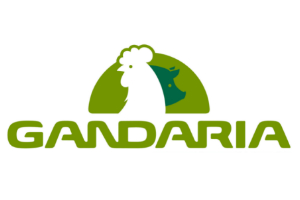The FAO Statistical Yearbook presents a visual synthesis of the major trends and factors shaping the global food and agricultural landscape and their interplay with broader environmental, social and economic dimensions. It aims to be a unique reference point on the state of world food and agriculture for policy-makers, donor agencies, researchers and analysts, as well as the general public.
The topics it covers include: capital and investment; climate change; food availability; food production and trade; food prices; hunger and malnutrition; the consequences of political instability and natural- and human-induced disasters on food security; the state of the agricultural resource base and sustainability and environmental impacts.
Some key facts and figures
Hunger and malnutrition
- Almost 870 million people, or 12.5 percent of the world’s population, were undernourished in 2010-2012; the vast majority of them (852 million) live in developing countries.
Food production and supply
- Global crop production has expanded threefold over the past 50 years, largely through higher yields per unit of land and crop intensification.
- Global per capita food supply rose from about 2,200 kcal/day in the early 1960s to over 2,800 kcal/day by 2009. At 3,370 kcal/person/day, Europe currently has the highest average per capita food supply.
- Cereals occupy more than half of the world’s harvested area and are the most important food source for human consumption. Of the 2.3 billion tonnes of cereals produced each year, 1 billion are destined for human consumption, 750 million tonnes are used as animal feed and 500 million tonnes are either processed by industry, used as seed, or wasted.
Economic trends
- Following a decade of slower growth in the 1990s, global public spending on agricultural R&D increased steadily from $26.1 billion in 2000 to $31.7 billion in 2008. Most of this increase was driven by developing countries. China and India accounted for close to half of this growth, but other countries – particularly Argentina, Brazil, Iran, Nigeria and the Russian Federation – also significantly increased their spending on public agricultural R&D. Still, these trends mask the negative developments that have taken place in numerous smaller, poorer and less technologically advanced countries.
- Buoyed by high commodity prices, agriculture has demonstrated astonishing resilience during global economic turmoil. In 2010, agricultural value-added at the world level rose by 4 percent, in contrast to a 1 percent increase in overall GDP.
The new edition of the Statistical Yearbook can be downloaded here: FAO Statical Yearbook 2013






